Wood is a versatile and beautiful crafting material, but it’s susceptible to the elements, leading to rot, decay, and an unsightly appearance. Several chemical-based products are available that can keep your outdoor furniture safe but may pose health concerns, environmental harm, and other problems. That’s why leaning toward natural products is a wise option. In this article, I will discuss how to treat wood for outdoor use naturally.
How to Treat Wood for Outdoor Use Naturally
Before discussing how to naturally treat wood outdoors, let’s understand why it’s crucial.
1. Why Treat Wood for Outdoor Use?
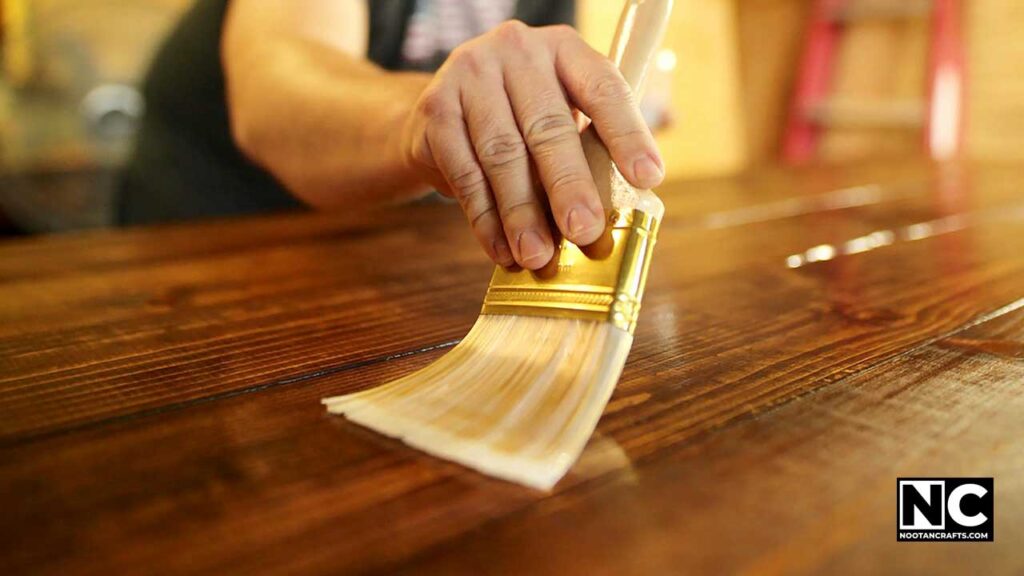
Outdoor wood is exposed to rain, snow, UV rays, and humidity, which can cause it to deteriorate rapidly. Untreated wood is prone to decay and rot, which not only weakens the wood but also compromises its appearance. Treating wood can significantly extend its lifespan, saving you time and money in the long run.
2. Choosing the Right Wood
If you’re planning to build your new outdoor furniture, selecting the correct type of wood is the first step in ensuring your outdoor project’s longevity. Some wood species are naturally more resistant to decay and insects. Here are some popular choices:
Cedar: Cedar is naturally resistant to decay and insects due to its natural oils. It’s an excellent choice for outdoor furniture and decking.
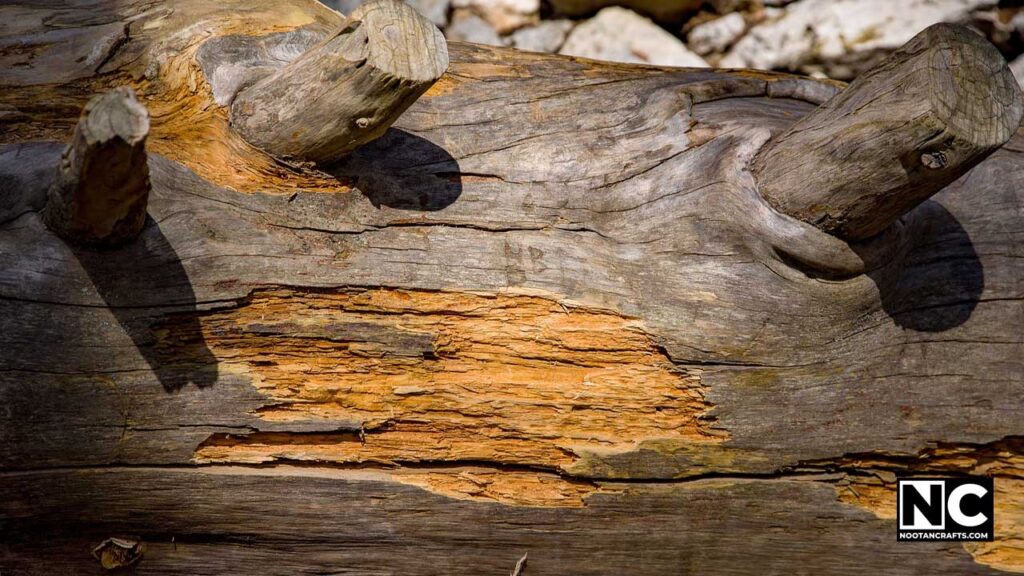
Redwood: Redwood is another rot-resistant wood with a beautiful appearance. It’s commonly used for outdoor projects like decks and pergolas.

Pressure-Treated Pine: If you’re looking for an affordable option, pressure-treated pine is a great choice. This type of wood is chemically treated to resist decay and insects. It’s often used for outdoor structures.
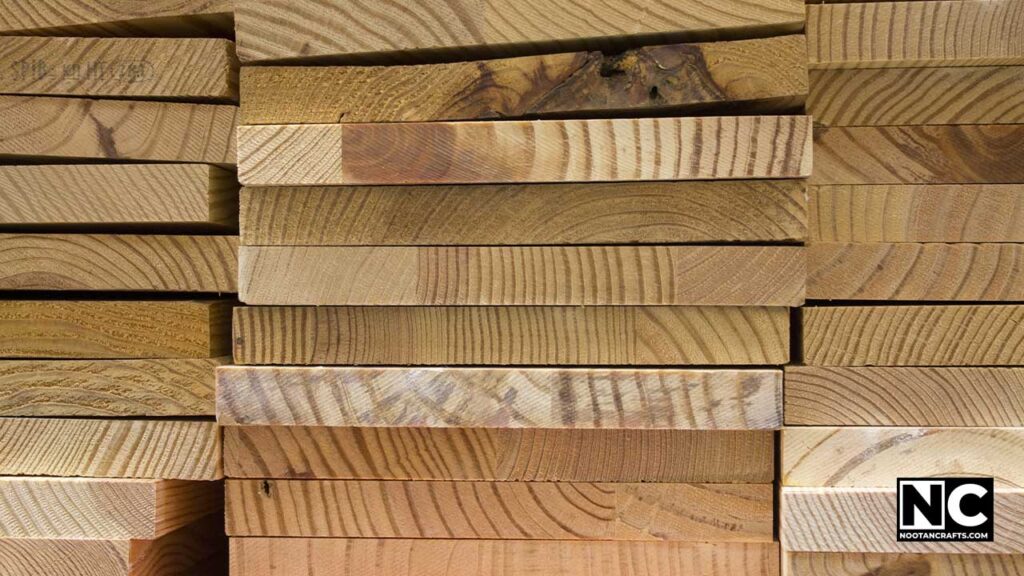
You can also treat decay-resistant wood with natural substances to enhance its longevity, which we will discuss next.
3. Natural Wood Treatment Options
Natural wood treatments are eco-friendly and safe for outdoor environments; here are some popular options.
Linseed Oil: Linseed oil is a natural wood preservative that enhances wood life by penetrating and nourishing it from within. It also enhances the wood’s appearance, giving it a warm, amber hue.
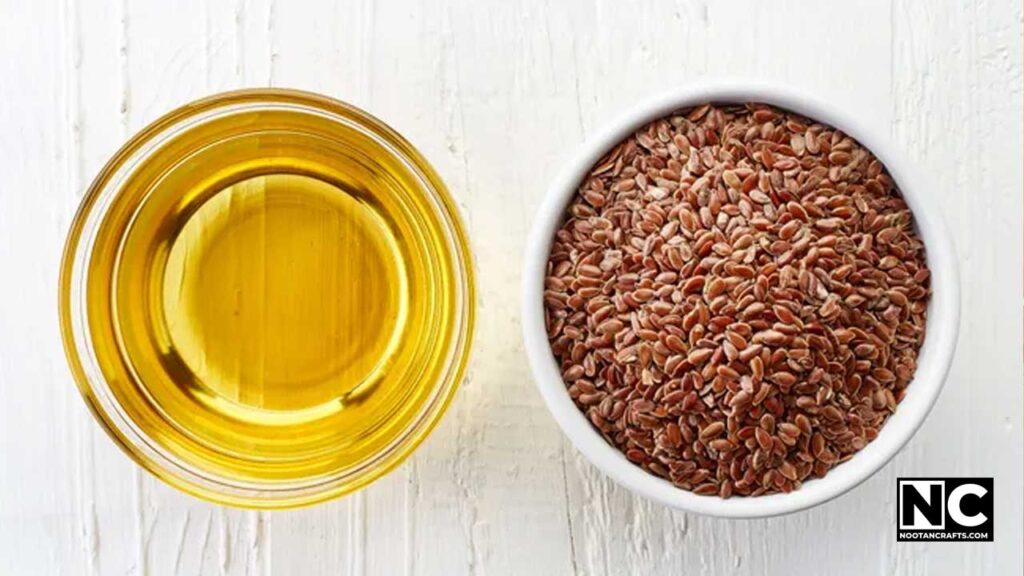
Beeswax and Olive Oil: A mixture of beeswax and olive oil creates a protective and water-resistant finish for your wood, which is an excellent choice for smaller projects like cutting boards and outdoor furniture.
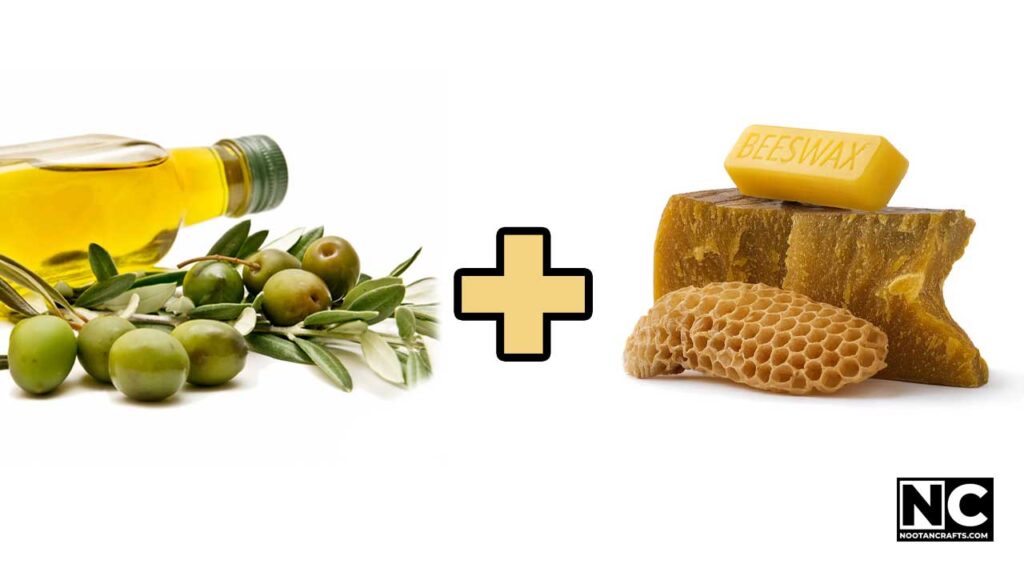
Tea or Coffee Stain: Brew a strong cup of black tea or coffee and use it to stain your wood. This method protects the wood from insects and provides a sophisticated, earthy look.

Baking Soda and Water: Combine baking soda and water to create a paste, then apply it to the wood surface. This mixture helps remove stains and grime, making your wood look clean and refreshed. It’s more like cleaning than treatment, but it’s very effective, so I added it.
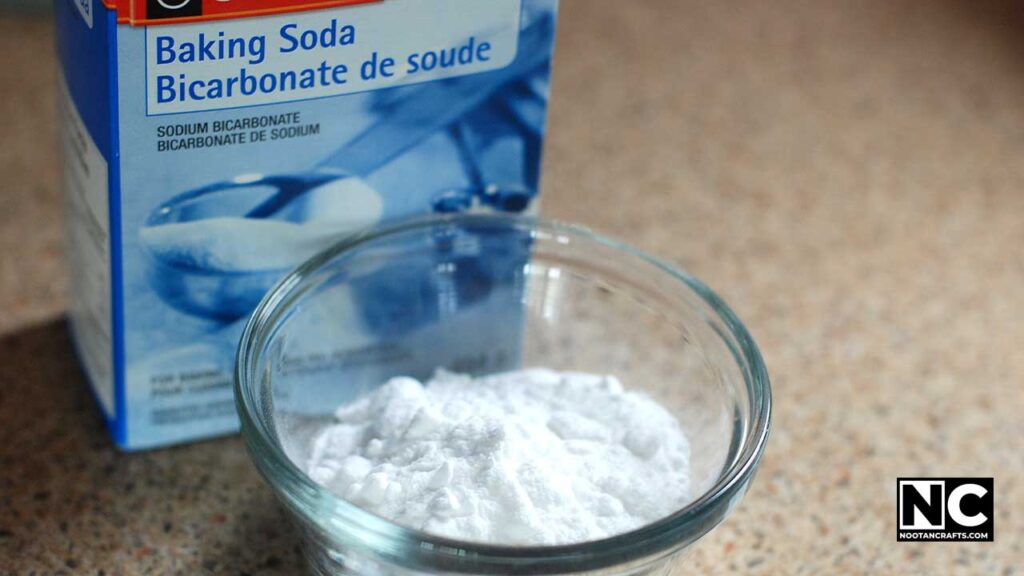
4. Preparing Your Wood
You have to properly prepare the wood to get the most out of the wood treatment. Here are simple steps:
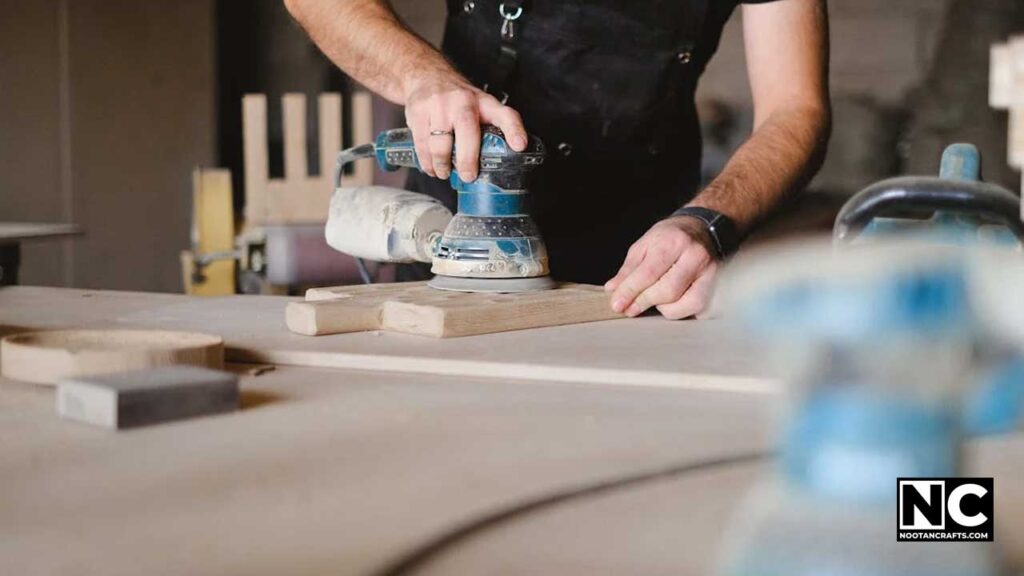
Sand the Wood: Start by sanding the wood surface, which removes any rough spots, splinters, or old finishes. If the furniture has deep scars, start with coarse grit, like 60 or 80, and sand up to 220 grit or more according to your desired finish. Remember, a smooth surface ensures even absorption of the treatment.
Clean Thoroughly: Use a brush or damp cloth to remove dirt, dust, or residue from the wood. If you don’t, the dust will prevent the finish from sticking properly.
Allow Drying Time: Ensure the wood is completely dry before applying natural treatments. Moisture can hinder the treatment’s absorption.
5. Applying Natural Finishes
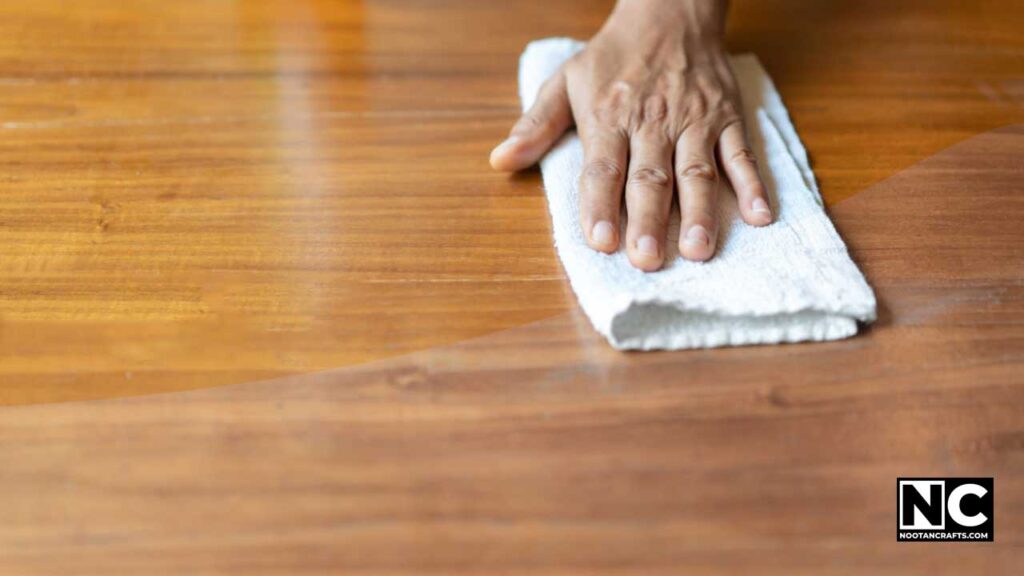
Now that your wood is prepped and ready, it’s time to apply the natural finishes:
Brush or Rag Application: Depending on your chosen treatment, use a brush or rag to apply it evenly to the wood. Ensure complete coverage, especially on end grains and exposed edges.
Multiple Coats: For better protection and longevity, consider applying numerous coats of your chosen finish. Allow each coat to dry before applying the next.
Reapply as Needed: The finish may wear off over time. Monitor your outdoor woodwork and reapply the treatment as needed to maintain its protection.
6. Maintaining Outdoor Wood
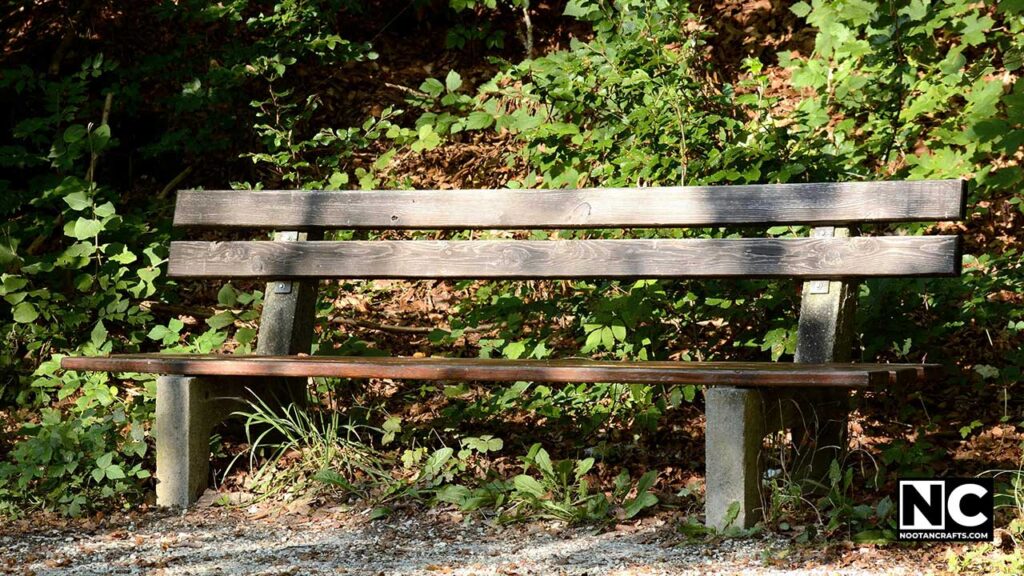
Maintaining your outdoor wood is an ongoing process. Here are some tips to ensure your wood continues to look great and withstand the elements:
Regular Cleaning: Periodically clean your wood surfaces with a mild soap and water solution to remove dirt and grime.
Inspect for Damage: Check for any signs of wear, including cracks, splits, or peeling finishes. Address these issues promptly to prevent further damage.
Reapply Finish: As mentioned earlier, reapply your chosen finish when it wears off to maintain its protection.
Cover When Possible: If feasible, cover your outdoor woodwork during harsh weather conditions or when not used to prolong its life.
Recommended Products!
- JUST ONE COAT: Our wood stain requires just one coat to provide wood with a natural, matte finish and unmatched texture enhancement, rejuvenating old…
- FAST DRYING: DWIL water-based wood stain is a fast drying, highly concentration wood stain with excellent coverage, ensuring even color penetration….
- SAFE TO USE: Our stain uses a water-based formula. It has low odor, is non toxic, and easy to use. Safe for users and pets!
- Requires no primer. Ready Seal is darkest when first applied. It reaches its true color in approximately 14 days. Do not apply Ready Seal over painted…
- May be applied using sprayer, roller or brush onto the woods surface.
- Requires no back brushing and will nerver leave runs, laps, or streaks.
- EFFECTIVE ON ALL WOOD SURFACES and QUICK DRYING: Furniture Clinic Wood Stain is a fast drying and highly concentrated wood stain making it effective…
- COMES IN 12 COLORS – VISIBLE WITH ONE COAT: Our wood stain comes in 12 colors ranging from dark to light and can be purchased in multiple sizes. It…
- WATER BASED and SAFE TO USE: The water based formula of our stain is safer for your wood and the environment than other wood stains. It’s low odor,…
Last update on 2025-03-02 / Affiliate links / Images from Amazon Product Advertising API
Treating Wood for Outdoor Use – FAQs
A: While many woods can be used outdoors, choosing rot-resistant options like cedar or redwood is essential for better longevity.
A: The frequency depends on factors like weather conditions and wood exposure. As a general guideline, plan to reapply every 1-3 years.
A3: Natural wood treatments are eco-friendly and safe for the environment compared to chemical alternatives.
A: Yes, you can paint outdoor wood, but remember that paint may require more maintenance and may not offer the same natural look as wood treatments.
A: The best way to remove old paint or finish from wood is to use paint or finish stripper followed by sanding.
A. Cedar wood is already naturally resistant to decay and insects because it contains oil that protects it. You can enhance its protection with a few coats of linseed oil.
Conclusion
Treating wood for outdoor use naturally is a sustainable and effective way to protect your outdoor furniture. Selecting the right wood, applying eco-friendly treatments, and a little maintenance will keep your creation like new for years.
That’s it for this post, guys. If you have any questions, I am waiting for you. Keep crafting, and enjoy your life!




